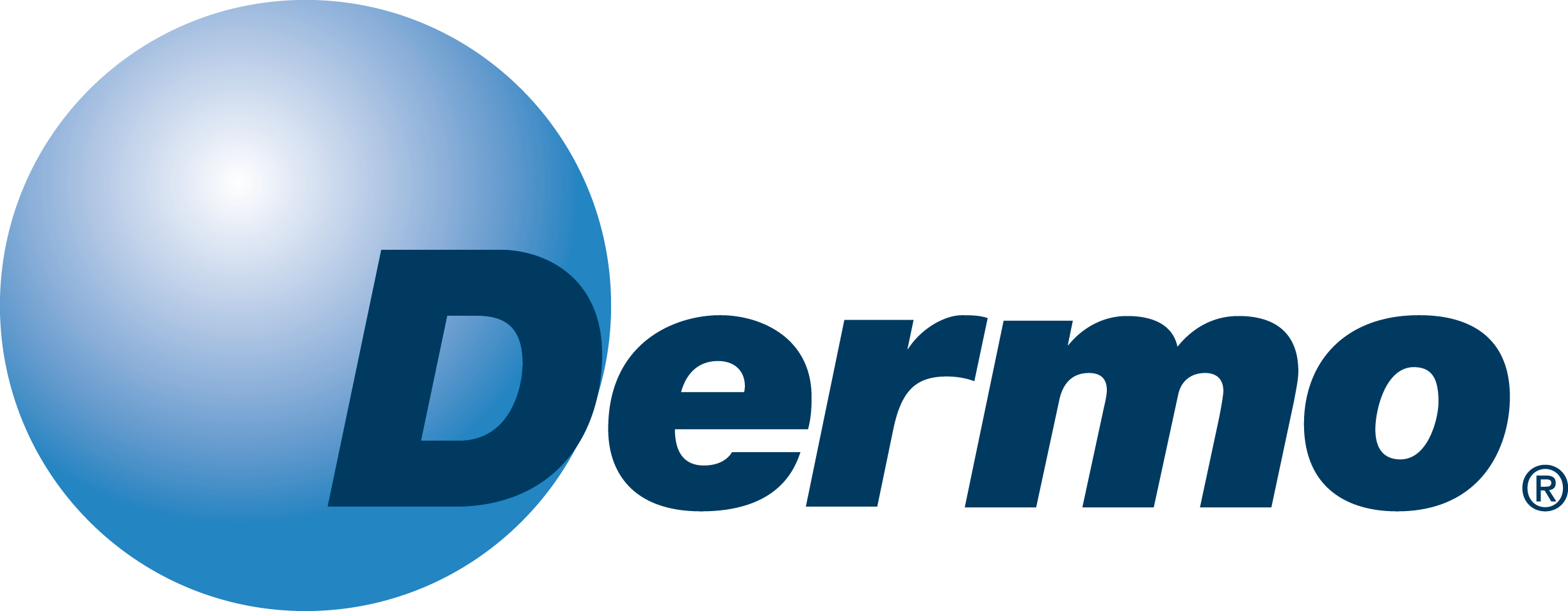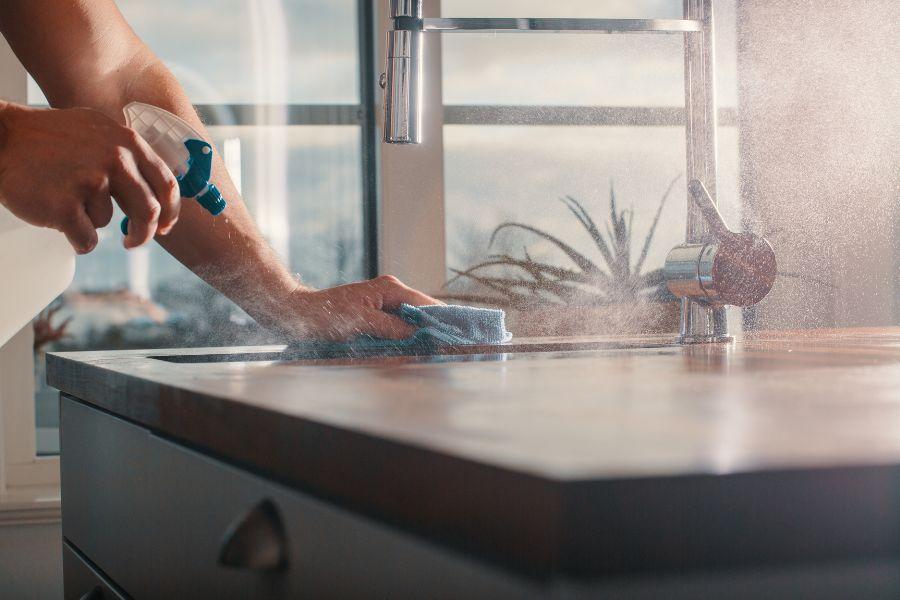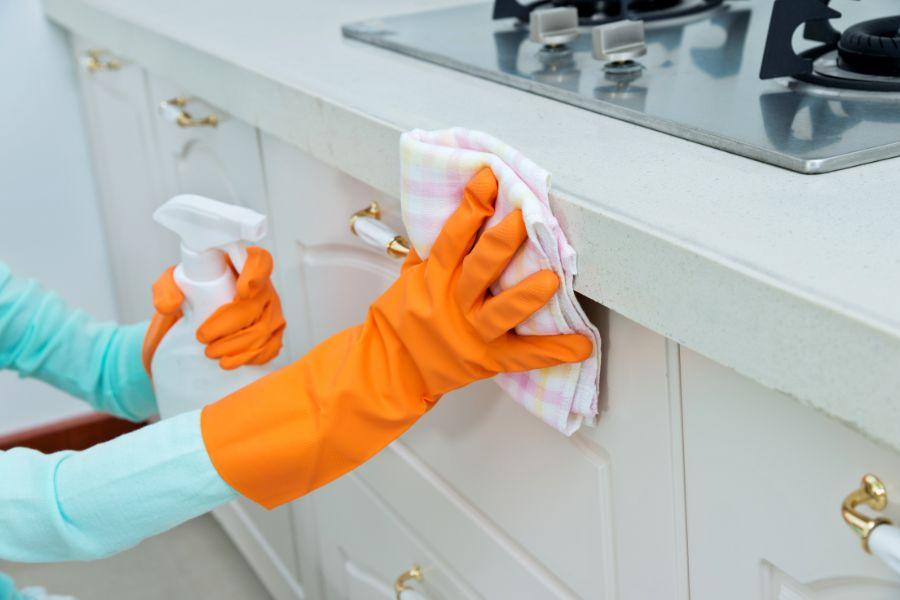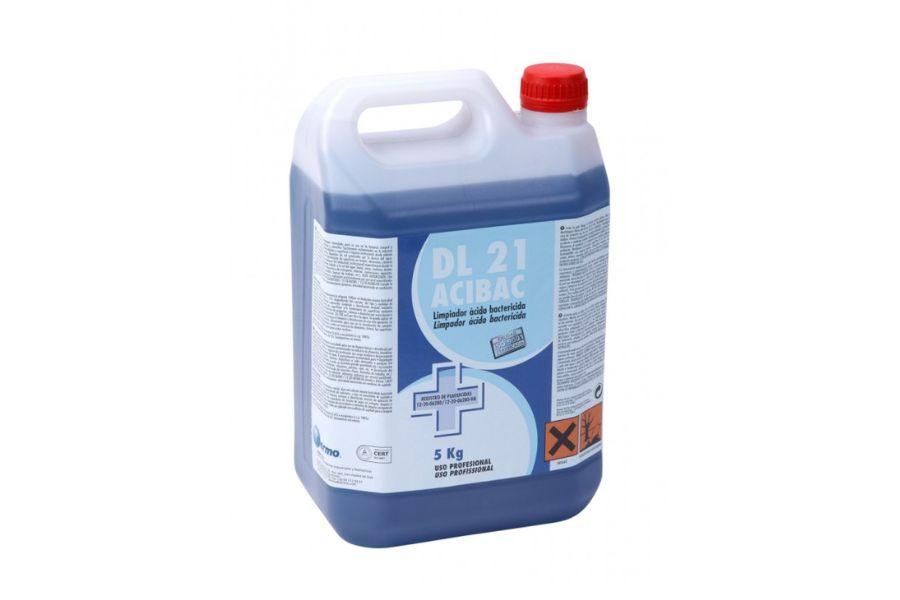Professional food safety with DERMO disinfectant products
Cleaning and kitchen disinfection are essential to ensure the food security and prevent the proliferation of pathogenic microorganisms. Although many people may think that a simply clean surface is enough, it is crucial to understand that cleaning and disinfection are two different processes that must complement each other to ensure a safe environment. Cleaning involves removing visible dirt and food debris, while disinfection involves removing disinfection focuses on the Elimination of bacteria, viruses and fungi that are not visible to the naked eye. These microorganisms can be found on food scraps, work surfaces and utensils, and are responsible for foodborne illnesses. Therefore, it is essential to have a kitchen disinfectant with a food safety record, which removes all these types of threats.
Bactericides, Fungicides and Virucides
Not all cleaning products are suitable for disinfect, and it is vital to choose disinfectants that have the appropriate health registration, such as HA (Food Hygiene). Products such as DL 21 Chlorbac, DL 21 Fungibac and DL 21 Acibac from Dermo, are formulated specifically for the food industry and have properties that go beyond simple cleaning.
DL 21 Chlorbac; is a chlorinated alkaline detergent with a high disinfectant power. It is effective against proteins, fats and organic residues, making it ideal for heavily contaminated surfaces in industries such as the food and hospitality industries.
DL 21 Fungibac; It is characterized by its high concentration of active ingredients, providing cleaning and disinfection of surfaces in contact with food, as well as utensils in professional kitchens.
DL 21 Acibac; on the other hand, it is an acidic cleaner that not only disinfects, but also removes lime deposits, which is crucial in areas where hard water can cause scale.
DL 21 Viricide; is another essential product, designed to disinfect surfaces in kitchens, bathrooms and other places in the home, guaranteeing an environment free of viruses and bacteria.
The danger of defrosting food at room temperature
Also use a good kitchen disinfectant, it is essential to avoid practices that put our health at risk, such as defrosting food at room temperature, as this can lead to the proliferation of bacteria. Defrosting is a critical step in food preparation, and doing it properly is vital to prevent the proliferation of bacteria.
The safest way to defrost food is to do so in the refrigerator. This method allows food to defrost slowly and stay at a safe temperature, usually below 4°C. If you need to defrost food quickly, you can submerge it in cold water. Make sure it is in an airtight container to prevent contamination and change the water every 30 minutes. You can also use the microwave to defrost food, but you must cook it immediately afterward as some parts may start to heat up and be prone to bacteria growth.
Never defrost food at room temperature, as this allows the surface to reach dangerous temperatures where bacteria can multiply rapidly.
Follow good hygiene practices and use disinfectants for the kitchen appropriate, are key steps to prevent cross-contamination and ensure food safety in the home and in food preparation environments.




